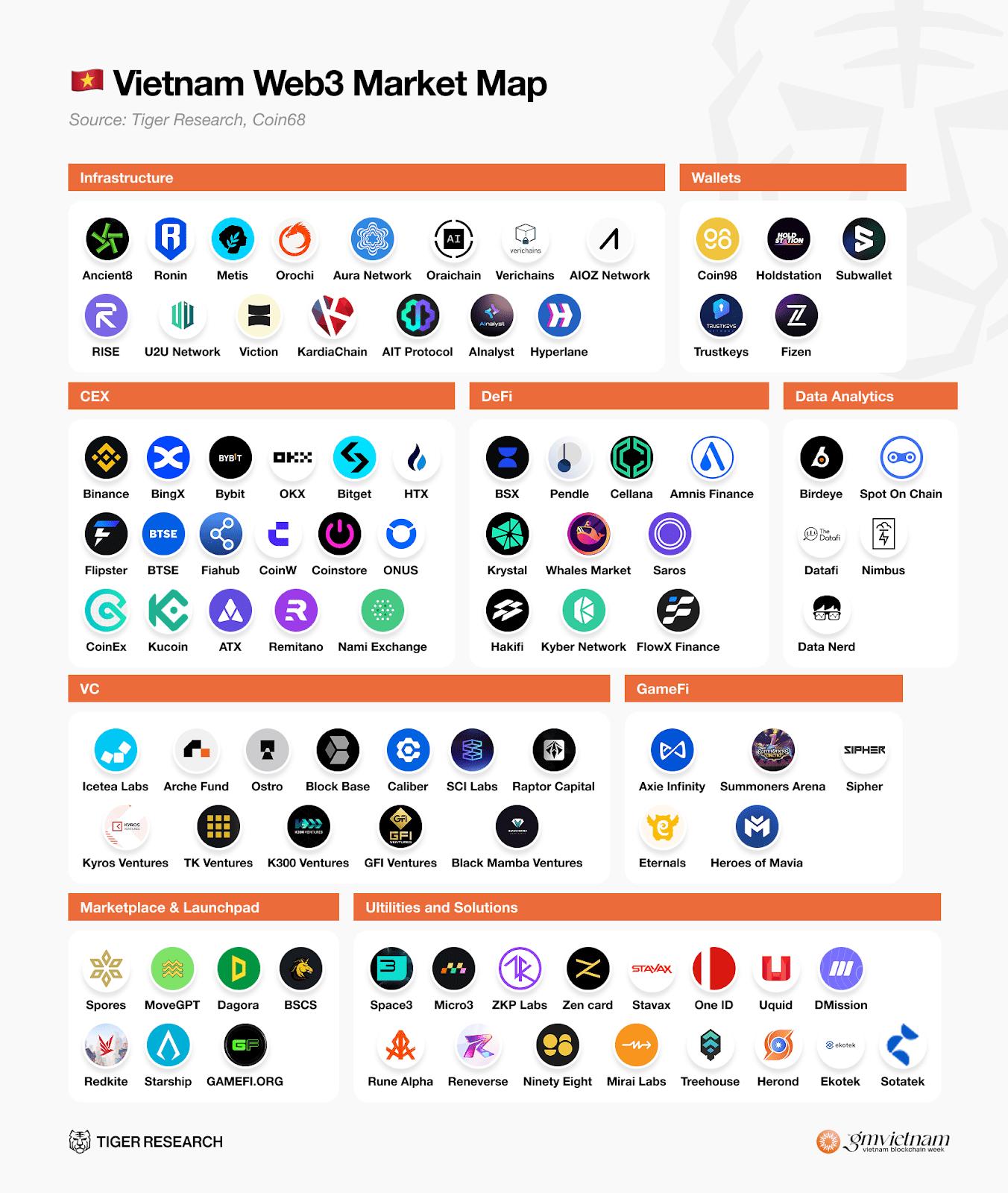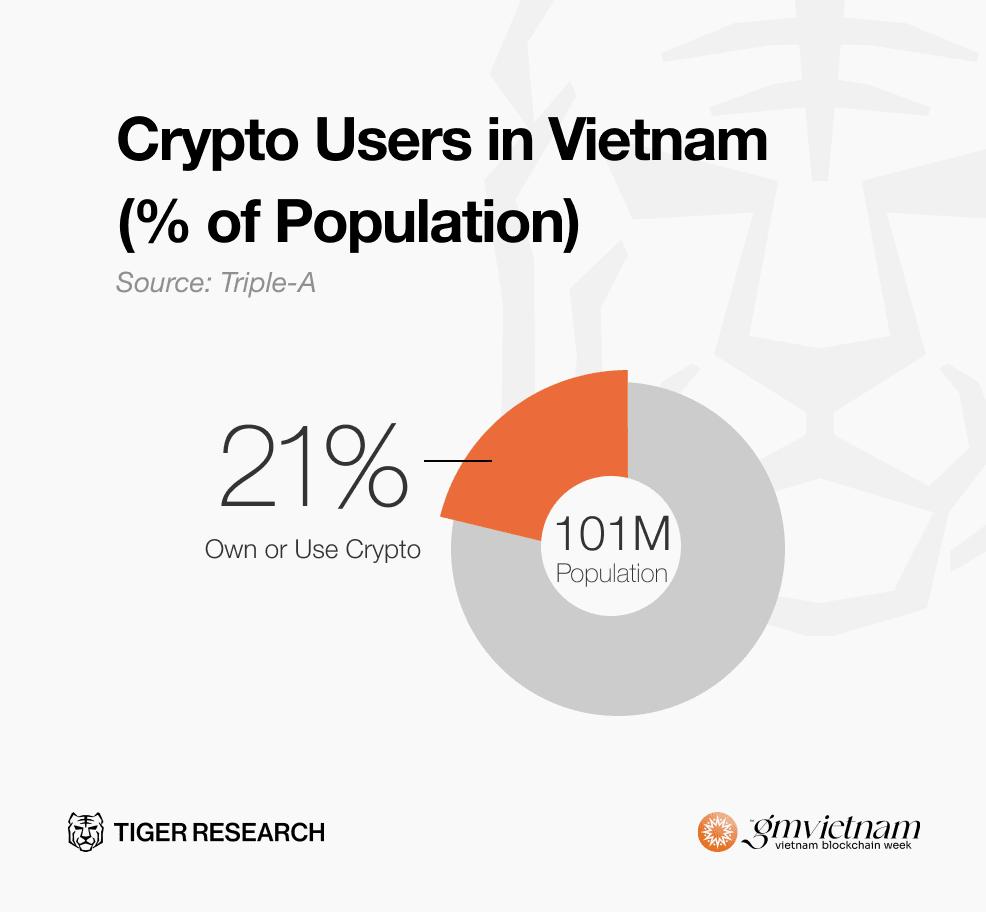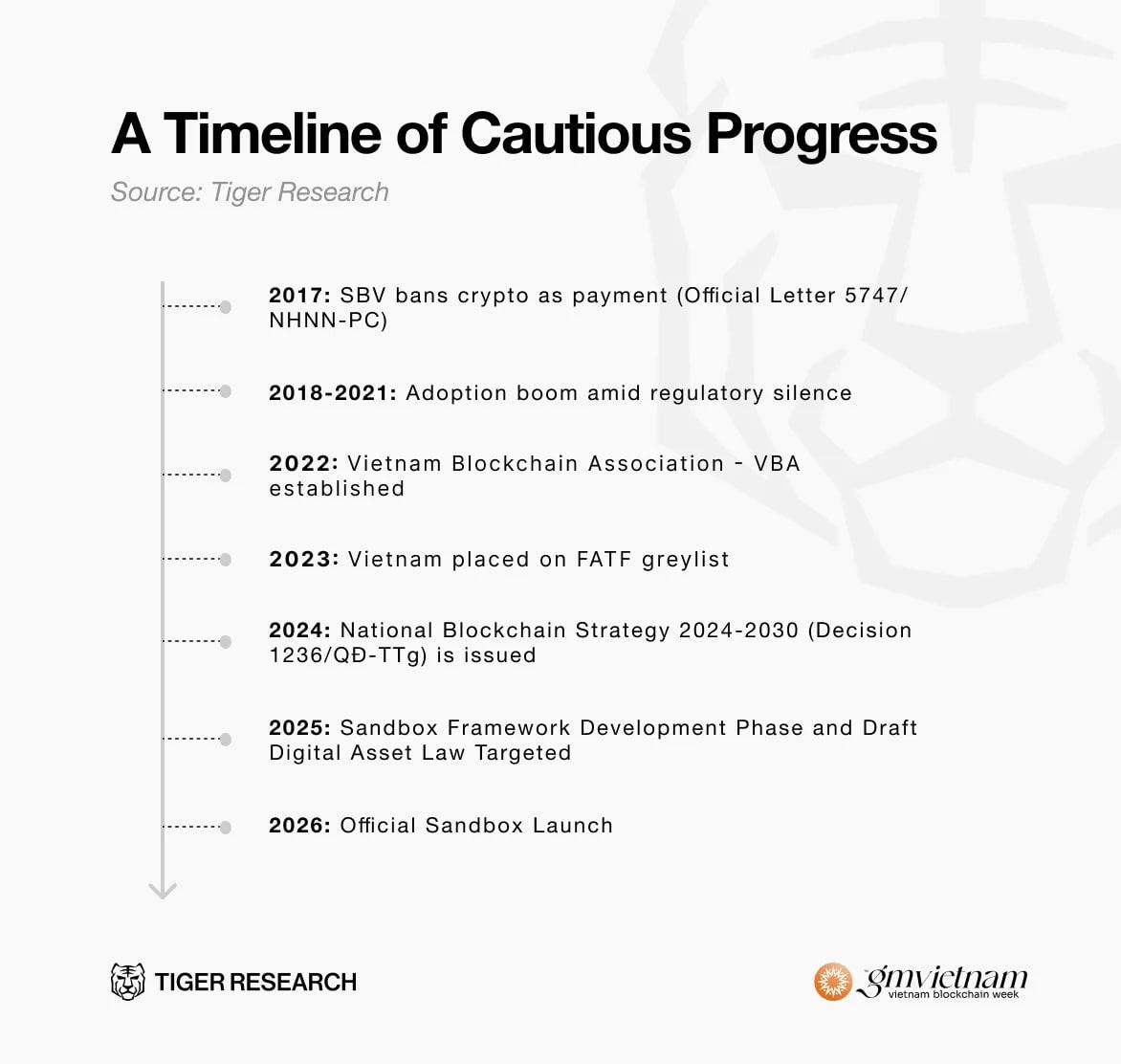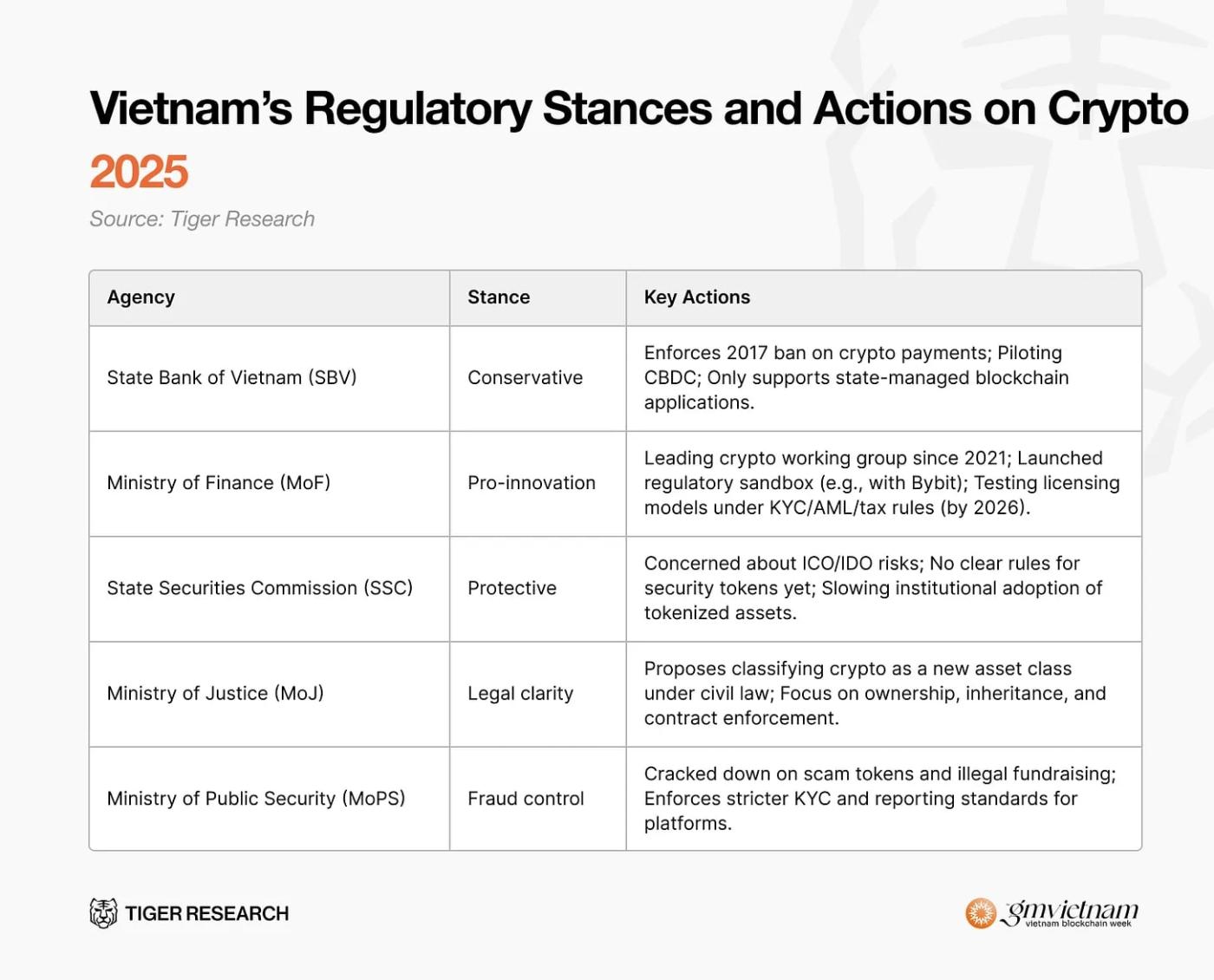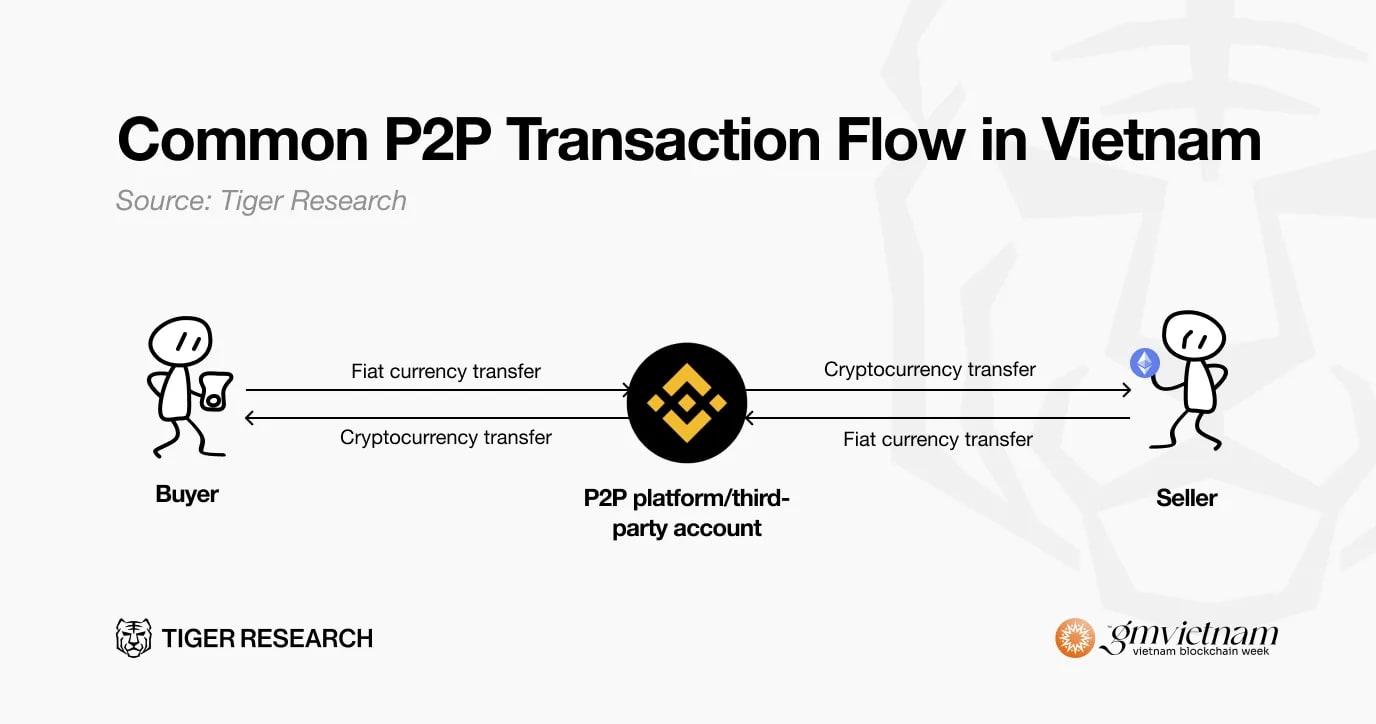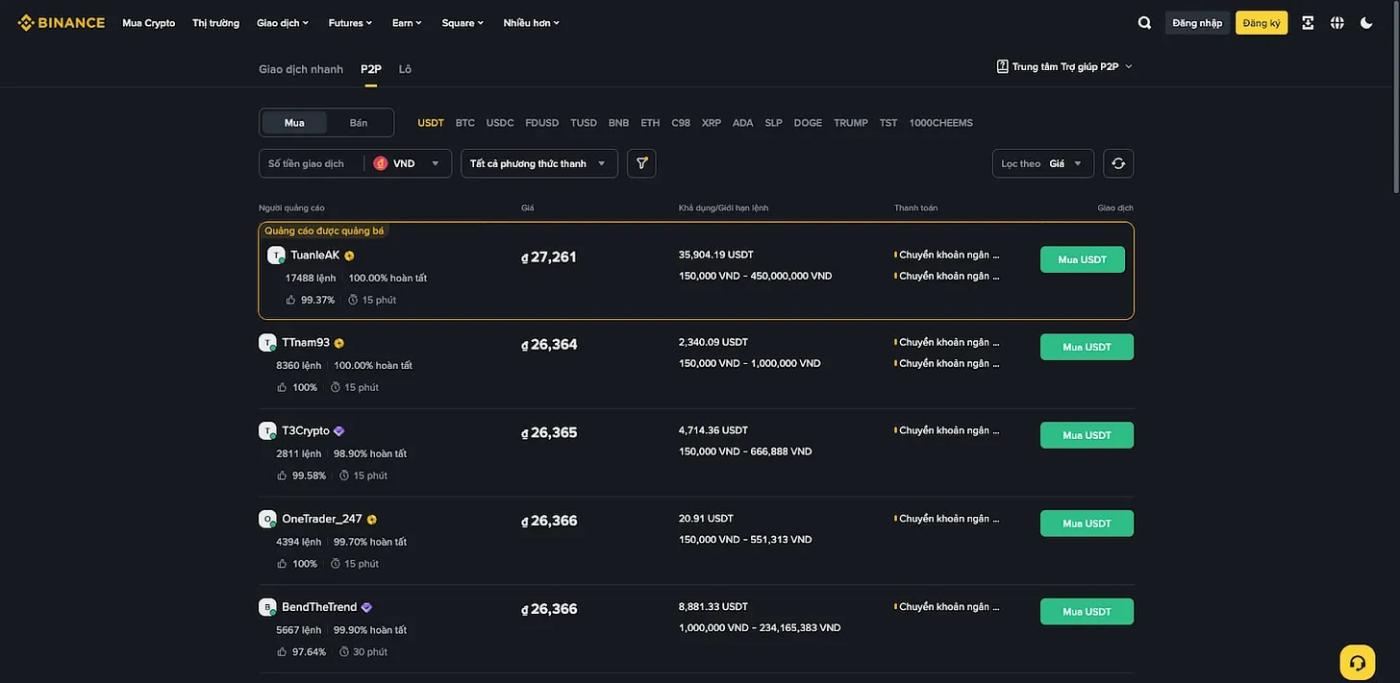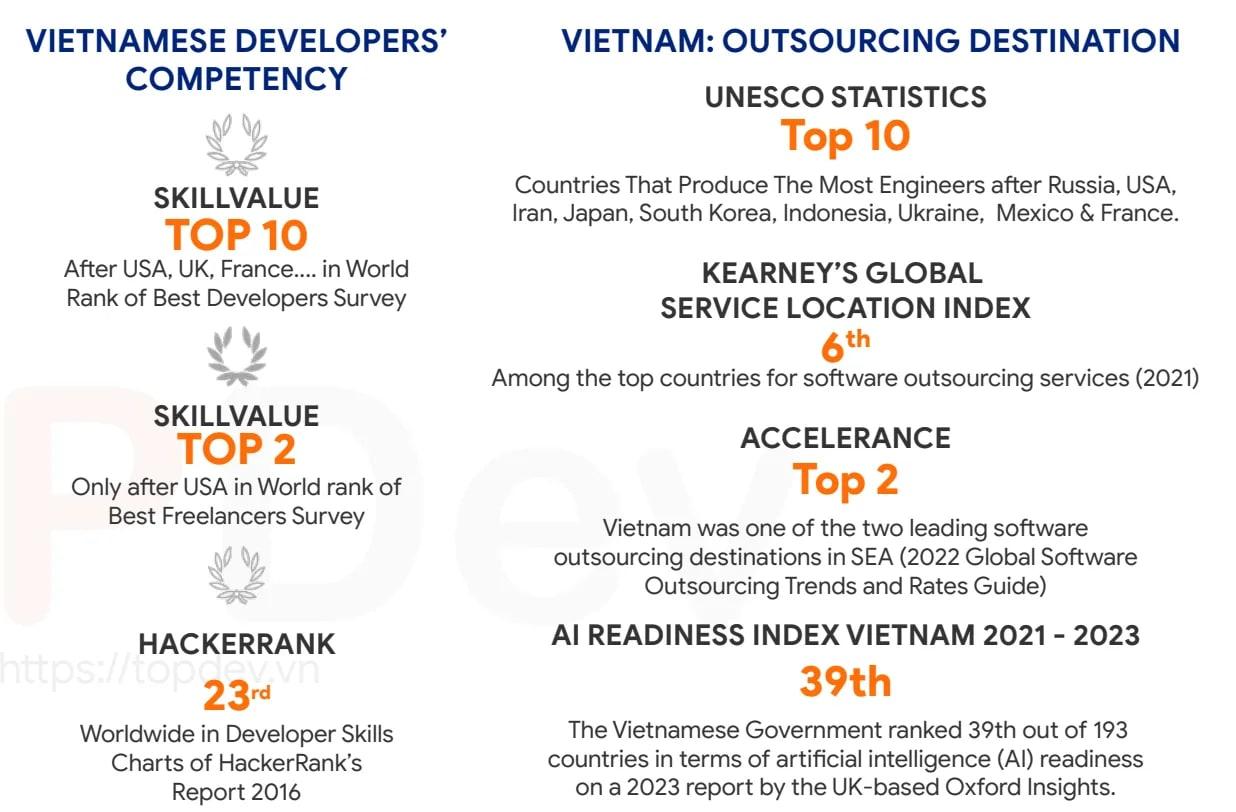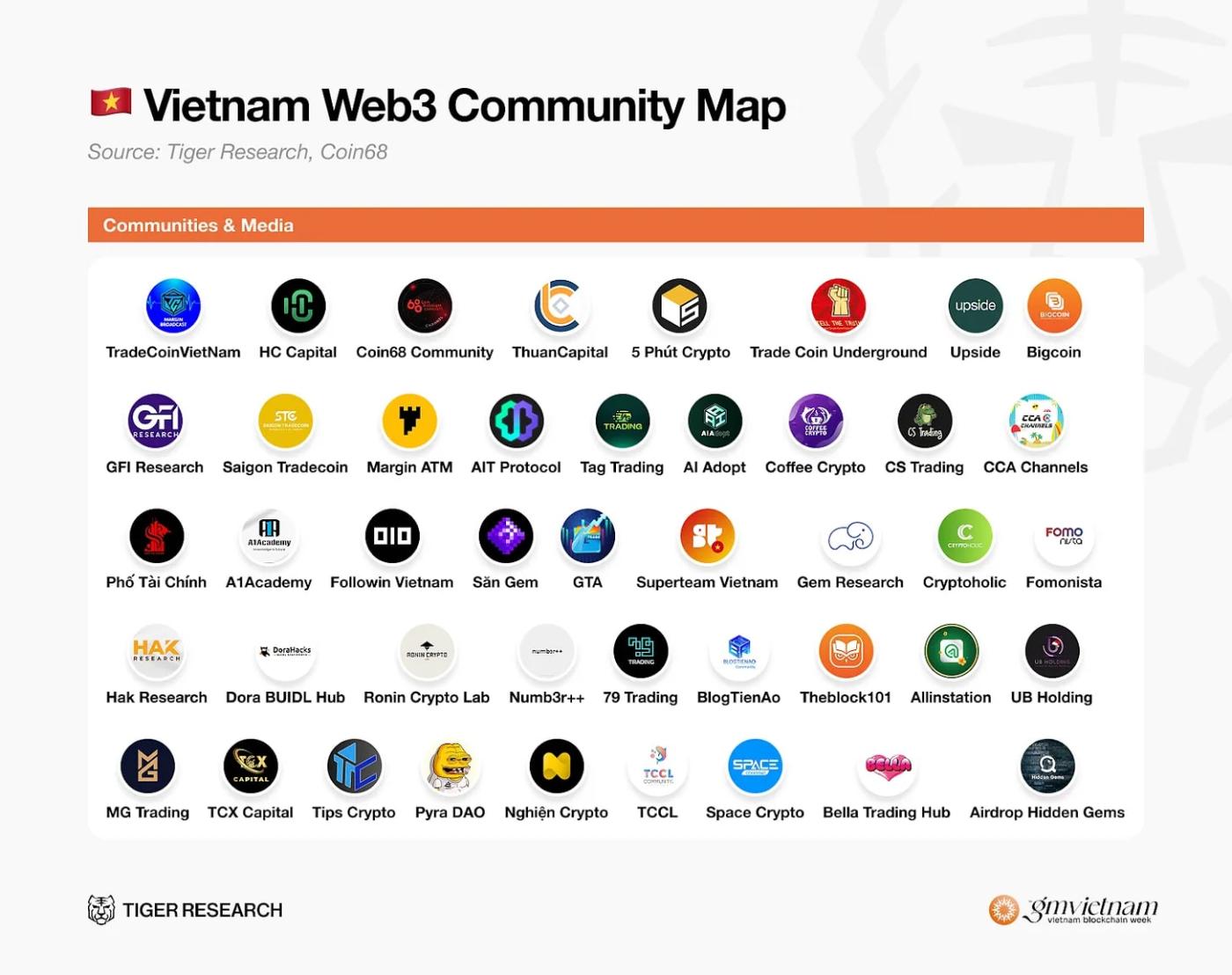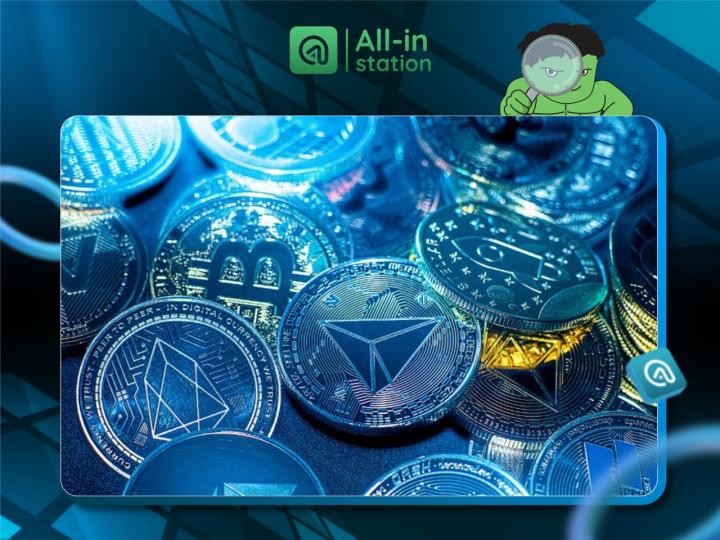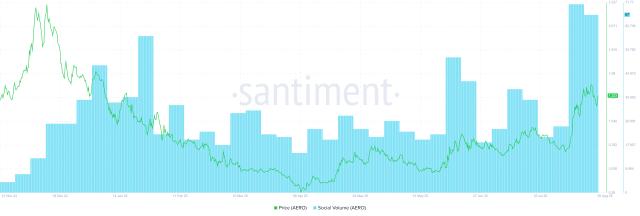This report was prepared by Tiger Research as a comprehensive analysis of Vietnam's strategy as a major Web3 hub in Southeast Asia ahead of GM Vietnam 2025.
Opinion of Figures
Key Points
1. Vietnam's Economic Development and Its Transition to the Web3 Era
Vietnam is one of the fastest-growing digital economies in Southeast Asia, fueled by a young population, high digital consumption patterns, and a growing technological focus. With a population of 101 million , a median age below 33, and an internet penetration rate approaching 80% , Vietnam has the ideal conditions for early adoption of new technologies, including Web 3.
Before the COVID-19 pandemic, Vietnam's GDP growth consistently exceeded 6–7% per year , making it one of the fastest-growing economies in the region. A growing middle class is also driving rapid digitalization across sectors, from financial services to entertainment.
In terms of crypto adoption, Vietnam ranks among the top globally. According to reports from Chainalysis and various industry research, Vietnam has repeatedly ranked among the top five countries with the highest crypto adoption rates in the world, driven not by institutional inflows but by a highly engaged retail user base.
By 2024, an estimated 21.2 million adults in Vietnam will own or use crypto assets. Annual transaction volume exceeds $100 billion, consistently ranking Vietnam among the countries with the highest retail crypto activity globally.
This adoption isn't isolated, but rather part of a broader digital trend. Vietnam's digital economy is projected to reach $45 billion by 2025, driven by mobile-based financial services. With a strong digital foundation, high smartphone adoption rates, and a large population, Vietnam stands out as having strong potential for Web3 globally.
Vietnam's Web3 journey began in 2017–2018, through early blockchain infrastructure projects such as TomoChain and Kyber Network.
However, a major turning point came in 2021 when Sky Mavis launched Axie Infinity and its dedicated sidechain , Ronin. The ensuing play-to-earn boom catapulted Vietnam onto the global stage, attracting millions of users and triggering a wave of venture capital investment into the local ecosystem.
Since then, Vietnam has become known not only as a large crypto user market, but also as a productive and innovative developer base ( builder base ).
Despite the lack of adequate regulatory clarity, local teams have successfully launched various DeFi and GameFi projects, crypto wallets , and blockchain infrastructure used globally. The combination of a tech-savvy population, strong economic fundamentals, and a successful Web3 track record make Vietnam the most promising crypto market in Southeast Asia, and one of the most mature in terms of adoption and innovation.
2. Regulatory Landscape and Policy Developments
Taxation issues are also expected to follow once the licensing scheme is in place. Vietnam currently lacks a specific tax framework for crypto assets, but signals from the Ministry of Finance suggest that once crypto exchanges are legalized, capital gains or transaction taxes will likely be introduced. The peer-to-peer (P2P) model has previously made tax enforcement difficult, but legalizing exchanges will simplify compliance enforcement.
In short, Vietnam is now transitioning from passive restrictions to structured and progressive experimentation. The 2025–2026 period will be a critical phase. If the pilot project is successful, Vietnam has the potential to become a regulated crypto hub in Southeast Asia, offering legal clarity for businesses, protection for users, and a safe space for innovation.
3. Scope of Crypto Asset Trading in Vietnam
3.1. Retail vs. Institutional Trading
Although Vietnam consistently ranks high in global crypto adoption, the country still lacks licensed local crypto exchanges due to regulatory uncertainty. Consequently, trading activity is dominated by retail users and occurs almost entirely on international centralized exchanges (CEXs).
Vietnam has an estimated 17 million active crypto users trading on global exchanges like Binance, Bybit, MEXC, BingX, and HTX. In 2023, Vietnamese users ranked fourth globally on Binance by monthly trading volume, reaching over $20 billion in a single month.
Retail traders in Vietnam are known for their agile nature and high risk tolerance. Many actively trade spot, futures, and margin products, often pursuing short-term opportunities and high-yield incentive programs.
In contrast, institutional activity in Vietnam is virtually nonexistent. Legal ambiguity has prevented financial institutions such as banks, asset managers, and corporations from engaging in the crypto market. To date, there are no crypto investment funds, ETFs, or formal financial products available locally.
However, institutional interest is quietly growing. Several companies are researching and developing crypto-based financial products, while awaiting legal clarity. If formal regulations are enacted, institutional participation is believed to significantly change the market landscape by bringing more liquidity and a more professional and standardized trading infrastructure.
3.2. Peer-to-Peer Trading (P2P)
Because users in Vietnam cannot directly buy or sell crypto assets through local bank accounts due to the lack of regulated exchanges or fiat onramps , peer-to-peer (P2P) trading has become a crucial infrastructure in the local crypto ecosystem . Platforms like Binance P2P allow users to buy and sell stablecoins using the local currency, VND, through domestic bank transfers.
4. Sector Exploration: Vietnam's Crypto & Blockchain Ecosystem
Vietnam's crypto ecosystem is rapidly expanding, encompassing nearly the entire Web3 value chain, from Layer-1 infrastructure and DeFi protocols and GameFi, wallets, and developer education. Local players aren't simply following global trends, but are shaping them.
This section presents an in-depth analysis of key sectors that demonstrate the tangible contributions of Vietnamese teams, with a local context that is globally relevant.
4.1. Centralized Exchanges (CEX)
4.2. Decentralized Finance (DeFi)
4.3. Blockchain & Layer‑1 Infrastructure
A major change occurred in early 2025, when One Mount Group , one of Vietnam's leading technology companies, allocated $200–500 million to build a national Layer-1 blockchain. This blockchain is designed for a variety of real-world use cases such as digital identity, financial infrastructure, and supply chain management. This move reflects the Vietnamese corporate sector's strategic push to own and control core blockchain infrastructure domestically, rather than relying on external protocols.
In November 2024, U2U Network successfully closed a funding round, raising a total of $13.8 million from leading investors including KuCoin Ventures, Chain Capital, and JDI Ventures. This significant financial milestone further propels U2U Network in its mission to provide comprehensive solutions for DePIN.
In closing, while Vietnam hasn't yet produced a dominant general-purpose Layer-1 platform other than Ronin, users in the country are already active in major ecosystems like Ethereum, Solana, and Sui . This makes it difficult for new Layer-1 platforms to gain significant traction, especially in the absence of attractive financial or token incentives for early adopters.
Moreover, with the development of Vietnam’s first nationally supported Layer-1, there is now renewed hope that a credible and purpose-built Vietnamese blockchain platform can emerge—one that aligns with the country’s digital transformation agenda and has real domestic adoption potential.
4.4. GameFi
The play-to-earn boom in 2021 put Vietnam on the global map, with Axie Infinity reaching over 2.8 million daily users at its peak and demonstrating how Vietnamese teams can build products and infrastructure at global scale. Axie's success attracted significant funding from VCs and set a precedent for Web3 gaming worldwide.
Vietnamese VCs have played a crucial role in the GameFi boom, experiencing both its peaks and its troughs . Many local funds have generated significant returns by investing early in projects like Thetan Arena, gaining credibility and capital.
However, after this success, the GameFi space was quickly flooded with low-quality and short-lived projects, many of which were created solely to launch a token and exit. Dozens of copycat games launched in Vietnam with weak gameplay , unsustainable token models, and little to no post-launch development.
VCs are no exception, some of whom have also lost money by investing in bad projects . This has created a long-lasting perception problem for "Vietnamese Web3 games" among both local users and international investors.
On the positive side, recent projects like Sipher and Heroes of Mavia demonstrate a shift towards higher-quality game design and long-term strategies . Simultaneously, former guilds like Ancient8 are transforming into infrastructure builders, offering rollup stacks and specialized development tools for game developers. This “ guild-to-infra ” movement reflects a maturing mindset: facilitating the next generation of GameFi rather than chasing past trends.
Despite the decline in the GameFi trend, Vietnam's retail user base in gaming remains strong. Vietnam has one of the largest and most active gaming communities in Southeast Asia, particularly on mobile devices/ smartphones .
For companies and developers looking to enter Vietnam's GameFi space, the bar is now much higher. After a cycle of GameFi hype and disappointment, Vietnamese users have significantly raised their standards. Gaming experiences and financial models are now more closely scrutinized, leaving less room for low-quality and short-term products. The market has shifted from speculative excitement to a more selective and value-driven mindset, demanding both engaging games and a sustainable economy.
4.5. Wallets
4.6. Developer Ecosystem
Vietnam is home to the largest tech talent pool in Southeast Asia, with over 560,000 IT professionals and 50,000–60,000 new graduates annually. The majority of developers are under 35—young, adaptable, and increasingly engaged with emerging technologies like blockchain.
Although most universities lack formal blockchain training, many Vietnamese developers are becoming proficient through self-directed learning and community support. Platforms like YouTube, GitHub, and local bootcamps have filled this gap.
5. Community Perspective
Web3 growth in Vietnam has never been led by institutions. It's ground-up, social, and highly reactive. According to Kyros Ventures, 76% of crypto holders in Vietnam make decisions based on recommendations from friends, often from Telegram groups, Twitter threads, or private conversations.
Trust is born from community evidence, not credentials. Projects must earn their place in the community's heart, not buy it. Many local teams have learned firsthand that community support can provide incredible momentum in the beginning, but once sentiment changes, no amount of paid promotion can save them. In Vietnam, the same community that builds you up can also tear you down.
This influence stems from a culture that naturally aligns with speculation and early-stage opportunities. Crypto users in Vietnam are known to be active, agile, and ready to act quickly. Their primary motivation is profit, but also recognition, reputation, and a sense of community that comes with being first. All of this has created one of the most active retail crypto communities in the world.
Crypto communities in Vietnam are generally divided into four main types:
Trading focus groups , especially for spot and futures trading. (Examples: TCCL, Margin ATM, Phố Tài Chính)
Airdrop hunter groups , which monitor new campaigns and develop participation strategies. (Examples: HC Gem Alerts, Airdrop Hidden Gems)
Educational and news groups , compiling updates, research, and technical explanations. (Examples: Upside, 5 Phút Crypto, Coin68, ThuậnCapital, Bigcoin)
A one-stop community , combining trading, airdrops, and education as an entry point for retail users. (Examples: HC Capital, Tradecoinvietnam, Nghiện Crypto)
Telegram is the heart of this ecosystem, where trends emerge and die, sentiment shifts, and new projects can flourish or sink. However, this dependency came into focus when Telegram was briefly blocked nationwide. While most users quickly returned to using VPNs and proxies, the incident highlighted the vulnerability of relying on a single platform. Now, some groups are exploring Discord as an alternative.
Twitter (X), once merely a supplementary platform, is now gaining popularity, primarily due to its monetization features, which encourage local KOLs to build public personas. But influence here is informal and layered. Personal relationships remain crucial, and shallow KOL campaigns can backfire without community context. Promotion alone isn't enough; trust must be built, nurtured, and maintained.
Two main activities dominate daily crypto life in Vietnam: airdrops and trading . Many people treat airdrop participation as a routine, tracking new campaigns, sharing strategies, and managing multiple wallets. Meanwhile, discussions about futures trading on CEXs are almost non-stop, with users hunting for volatility and profit opportunities. For most users, these two factors are what keep them engaged.
But the community is also maturing. Previous bull cycles have produced both winners and bitter lessons. Users are now more skeptical of hype, quick to spot red flags, and increasingly focused on project fundamentals. Many KOLs have also adapted, shifting from blind promotion to educational content, due diligence , and a long-term approach.
For global projects looking to enter the Vietnamese market, it's crucial to understand one key point: the community here isn't just a marketing tool; it's a market. Teams must be able to deliver localized messaging, be present on local channels, and provide support in Vietnamese. Shallow outreach won't last. Projects willing to invest in building long-term trust, demonstrating real value, and fostering authentic relationships will find not only users but also loyal partners.
Dive deeper into Asia's Web3 ecosystem with Tiger Research. Join over 12,000 pioneers for exclusive, cutting-edge insights into market conditions.
🐯 More from Tiger Research
Telusuri lebih lanjut laporan yang relevan dengan topik ini:[Special Report] APAC Web 3 Powerhouse : Inside Vietnam's Blockchain Market
[Special Report] Tiger Research Asia Insights: 2024 Review & 2025 Outlook
Disclaimer
This report is based on materials believed to be reliable. However, we make no warranties, express or implied, regarding the accuracy, completeness, or suitability of the information presented. We are not responsible for any losses arising from the use of this report or its contents.
The conclusions and recommendations contained in this report are based on information available at the time of writing and are subject to change without notice. All projects, estimates, projections, objectives, opinions, and views expressed are tentative and subject to change without notice, and may differ from or conflict with the views of other parties or organizations.
This document is prepared solely for informational purposes and does not constitute legal, business, investment, or tax advice. Any references to securities or digital assets are for illustrative purposes only and should not be construed as an investment recommendation or an offer to provide investment advisory services. This material is not directed at investors or prospective investors.
Terms of Use
Tiger Research permits fair use of reports it has compiled and published. 'Fair use' is a principle that permits the use of portions of content for the public interest, as long as it does not harm the commercial value of the material. If the use complies with this principle, reports may be used without prior permission. However, when citing Tiger Research reports, you are required to:
Clearly cite 'Tiger Research' as the source.
Includes Tiger Research logo (black/white).
If the material is to be re-compiled and republished, separate approval is required. Unauthorized use of the report may result in legal action.



